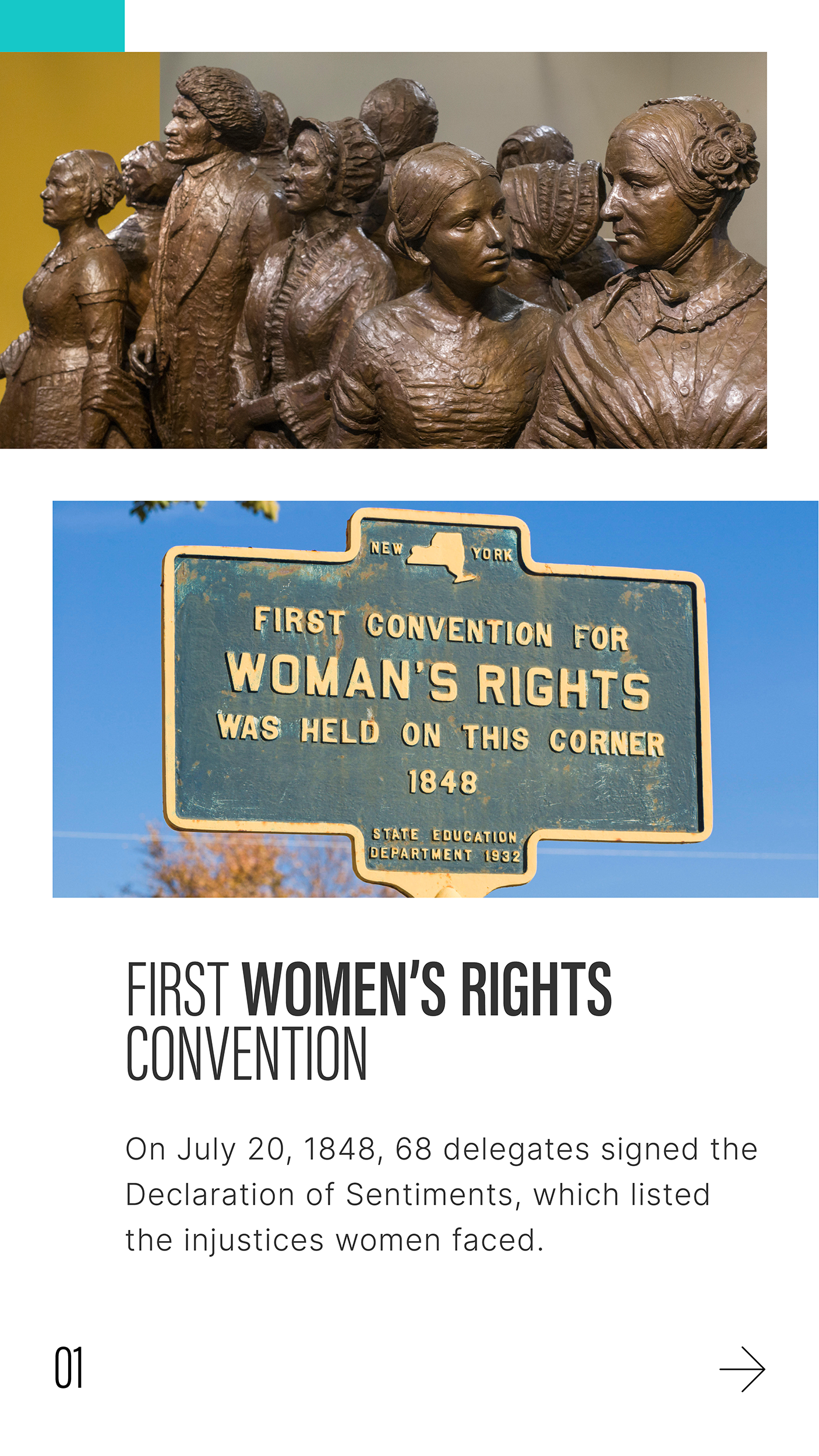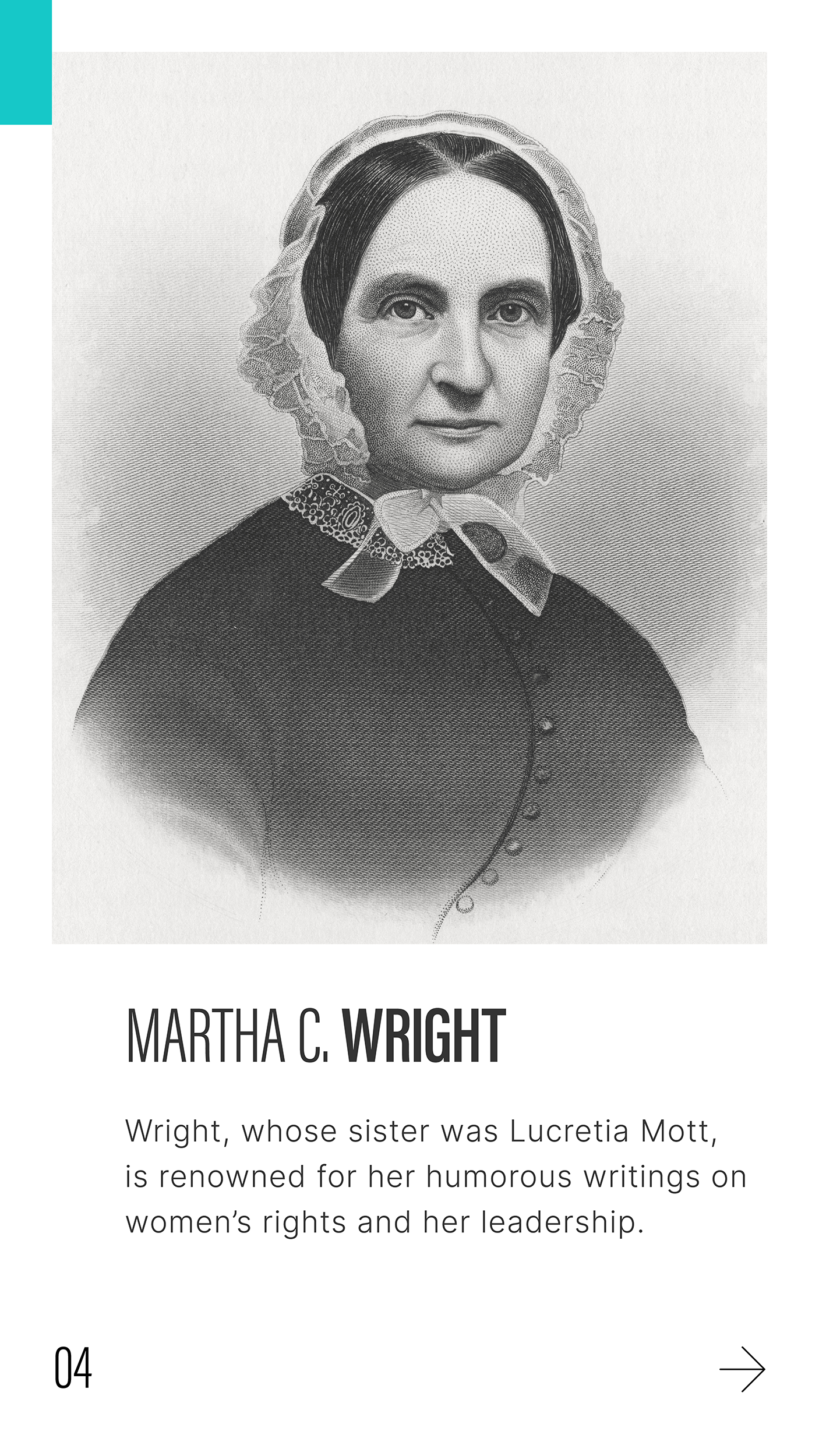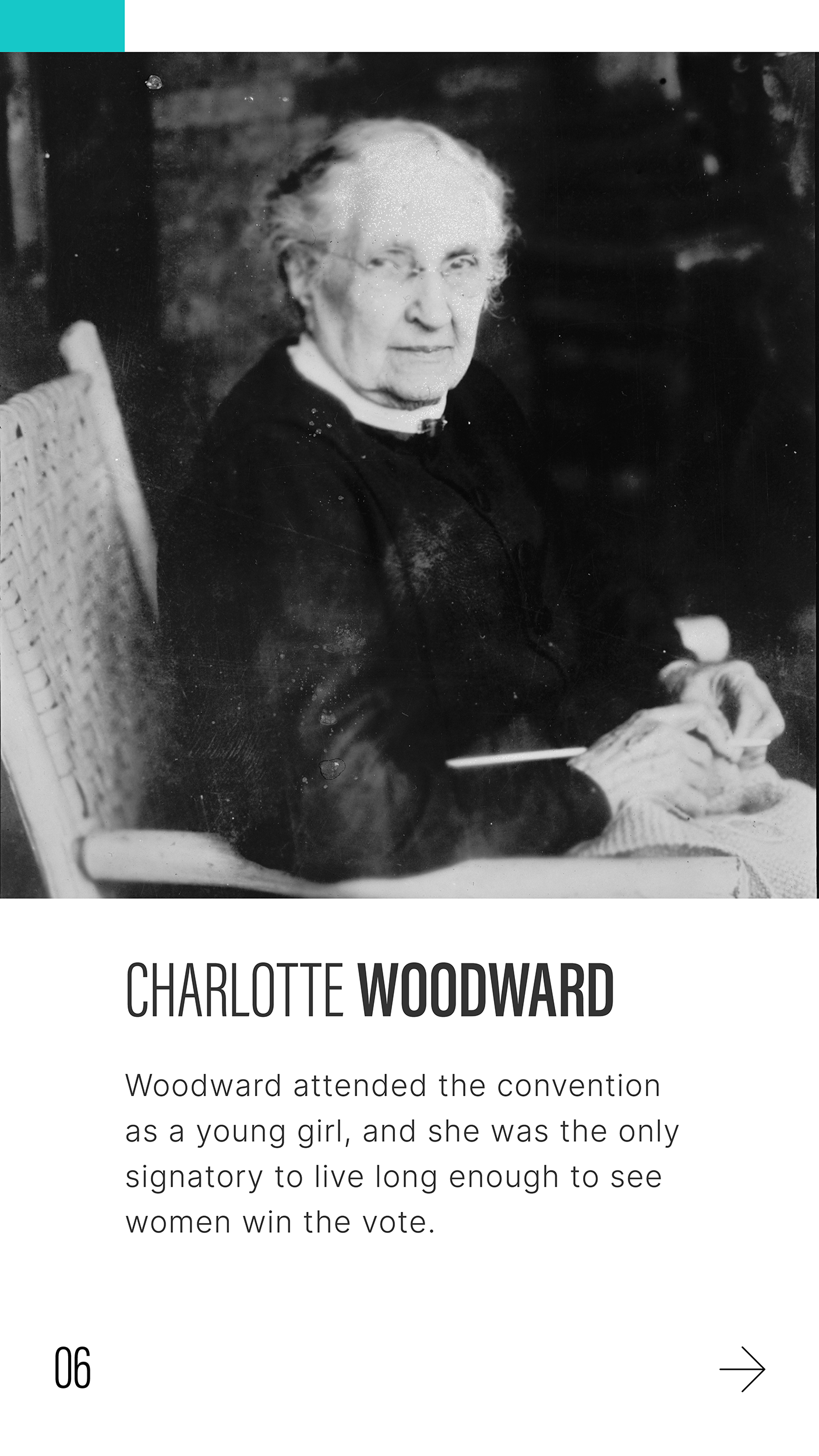Analyze
Declaration of Sentiments
Genre: Document | Creator: Elizabeth Cady Stanton | Date: 1848
Background
Activist Elizabeth Cady Stanton read this declaration at the first women’s rights convention in Seneca Falls, New York, July 20, 1848. Modeled after the U.S. Declaration of Independence, the document argues for the moral, economic, and political equality of women. It was signed by 68 women and 32 men and signaled the beginning of the women’s rights movement in the United States.
We hold these truths to be self-evident: that all men and women are created equal; that they are endowed by their Creator with certain inalienable rights; that among these are life, liberty, and the pursuit of happiness . . .
The history of mankind is a history of repeated injuries and usurpations on the part of man toward woman, having in direct object the establishment of an absolute tyranny over her. To prove this, let facts be submitted to a candid world. . . .
Having deprived her of this first right of a citizen, the elective franchise, thereby leaving her without representation in the halls of legislation, he has oppressed her on all sides.
He has made her, if married, in the eye of the law, civilly dead.
He has taken from her all right in property, even to the wages she earns. . . .
He has monopolized nearly all the profitable employments, and from those she is permitted to follow, she receives but a scanty remuneration.
He closes against her all the avenues to wealth and distinction, which he considers most honorable to himself. As a teacher of theology, medicine, or law, she is not known.
He has denied her the facilities for obtaining a thorough education — all colleges being closed against her. . . .
Now, in view of this entire disfranchisement of one-half the people of this country, their social and religious degradation — in view of the unjust laws above mentioned, and because women do feel themselves aggrieved, oppressed, and fraudulently deprived of their most sacred rights, we insist that they have immediate admission to all the rights and privileges which belong to them as citizens of these United States.
Excerpted from “Declaration of Sentiments.”







